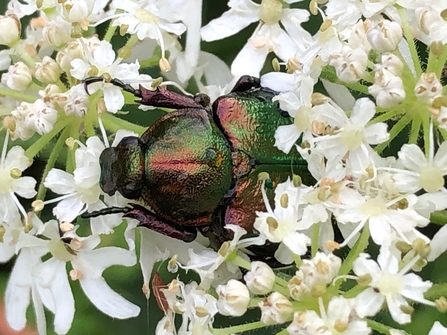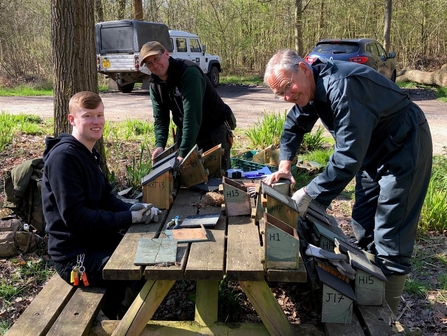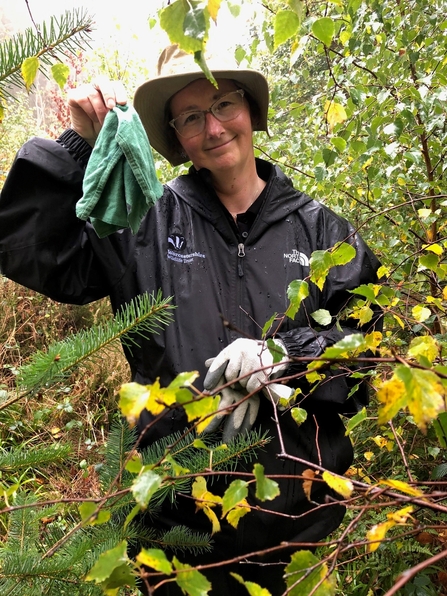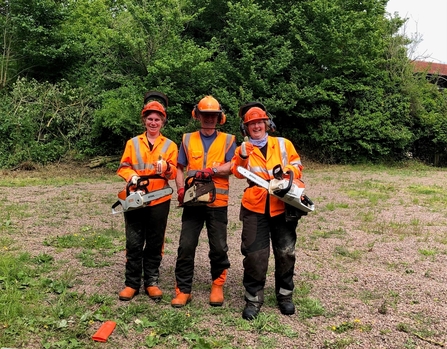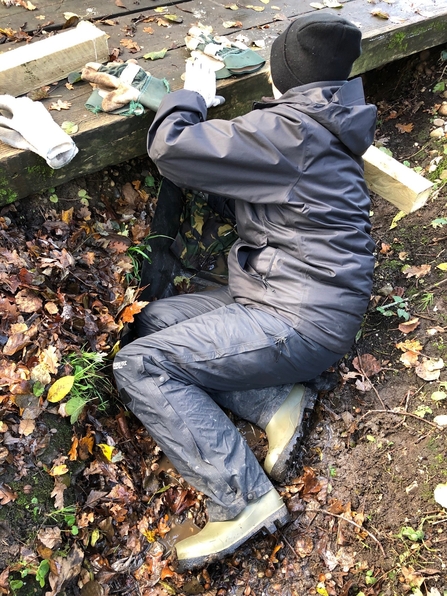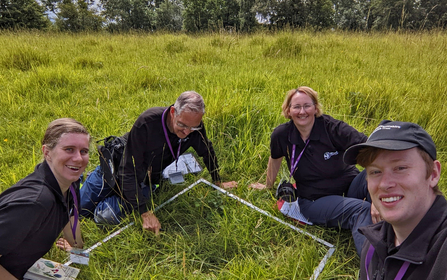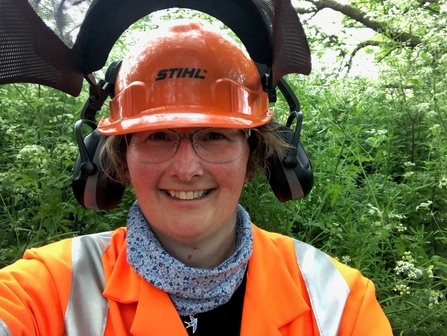This time last year, as part of the interview process for a place on the conservation traineeship, I was asked to write a blog about what I thought the traineeship would give me. I called my blog ‘From Egg to Fledgling’ and I wrote how...
“I can’t wait to see and learn more about the different species on the reserves ... and become more confident and knowledgeable in their identification”.


